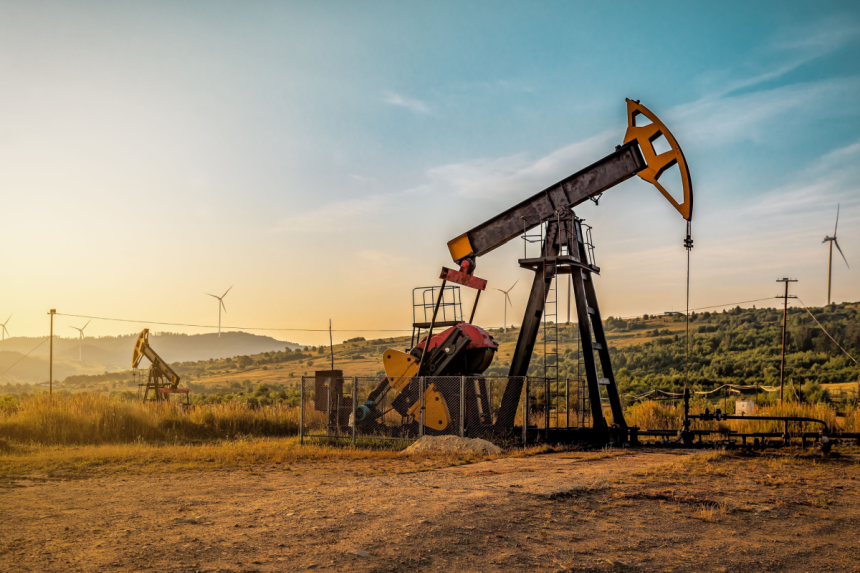Revised global outlook
BP has pushed back its forecast for peak global oil demand to 2030, five years later than projected in its previous Energy Outlook. The oil major attributed the delay to weaker progress in energy efficiency and slower reductions in carbon emissions. The study outlines two scenarios: a “Current Trajectory” based on existing policies and a “Below 2-Degrees” pathway aligned with the Paris Agreement’s climate goals.
Oil demand and production
In the Current Trajectory scenario, oil demand is expected to rise to 103.4 million barrels per day (bpd) by 2030 before gradually declining to 83 million bpd by 2050. If efficiency gains remain weak, demand could peak even higher, at 106 million bpd in 2035. By contrast, the Below 2-Degrees scenario sees oil demand peaking this year at 102.2 million bpd, followed by a steep drop to 33.8 million bpd by 2050.
Regionally, U.S. onshore output remains steady at about 15 million bpd, while Brazil and Guyana see growth, reaching 5 million bpd and 2 million bpd respectively by 2035.
Emissions and natural gas trends
Carbon emissions under the Current Trajectory stay flat until 2030, then fall 25% by 2050 compared with 2023 levels. The Below 2-Degrees pathway requires a 90% cut, primarily from accelerated decarbonisation in emerging markets.
Natural gas demand is projected to rise to 4,800 billion cubic metres (bcm) by 2040, a 17% increase, with strong growth from Asia and the Middle East. Liquefied natural gas (LNG) exports are expected to reach 900 bcm by 2035, with the U.S. and Middle East supplying more than half. The EU’s reliance on Russian pipeline gas will fall by 50%, stabilising at 15 bcm for decades.
Electricity, AI, and renewables
Global electricity demand is forecast to exceed 40,000 terawatt hours in the next decade, a 40% jump from 2023 levels, driven by China and India. By 2050, demand will nearly double, propelled by the electrification of transport. Renewables are set to account for over half of global power generation by then, overtaking coal in 2040, oil in 2045, and gas by 2050.






